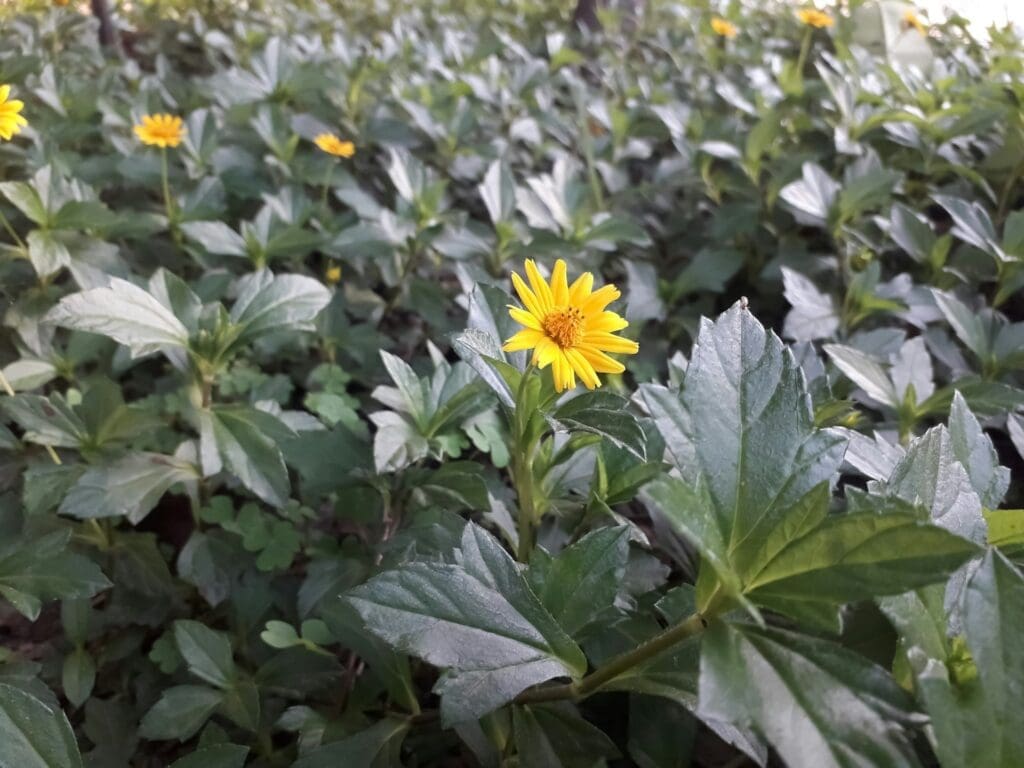
Arnica montana
Latin name: Arnica montana
Short name: Arn.
Common name: Leopard’s bane | Mountain tobacco | Wolf’s bane | Fall herb | Arnica
Primary miasm: Psoric Secondary miasm(s): Sycotic
Kingdom: Plants
Family: Asteraceae
- Symptomatology
- Remedy Information
- Differentiation & Application
Arnica montana is a perennial flowering herb native to the mountains of Central and Southern Europe. The plant bears yellow, daisy-like flowers and has been used since ancient times in folk medicine for bruises, injuries, and muscular pain. The principal active compound, helenalin, is toxic in large amounts and has a marked effect on the circulatory and muscular systems.
Used externally in creams and gels for bruises, sprains, insect bites, and muscle soreness. Internally it is toxic and not recommended outside homeopathic use. It is a staple of herbal first-aid kits, especially in alpine and mountaineering cultures.
Proved by Samuel Hahnemann, and included in Materia Medica Pura (published c. 1811–1821). His provings confirmed its action on trauma, haemorrhage, and shock.
- Muscles and soft tissues
- Blood vessels and capillaries
- Circulatory system
- Head (post-concussion)
- Joints and extremities
- Mind (shock, trauma, denial of injury)
Lying down; rest; cold applications; being left alone; changing position frequently.
Touch; motion; pressure; jarring; after injuries; damp cold; emotional shock; being approached or questioned.
- Ruta graveolens: Also for strains and bruises, but acts more on periosteum and ligaments.
- Hypericum perforatum: For nerve-rich areas or injuries with radiating pain.
- Bellis perennis: For deeper, visceral trauma and injuries to the abdomen or breast.
- Ledum palustre: For puncture wounds, especially if coldness predominates.
- Staphysagria: For surgical trauma and emotional insult, not physical bruising.
- Complementary: Bellis perennis, Ruta, Hypericum
- Antidotes: Camphor
- Inimical: Ferrum (in some texts)
- Follows well: Aconitum, Bryonia
- Precedes well: Rhus tox, Calcarea phos.
Arnica represents the body’s refusal to acknowledge injury—physical or emotional. The wounded warrior who says, “I’m fine,” despite bleeding and pain. The shock absorber of the Materia Medica, it brings comfort and rapid healing when the system is thrown out of alignment by trauma. It is the remedy of falls, blows, accidents, surgeries, emotional bruises, and overwork.
Always consider Arnica as the first remedy for any form of trauma—surgical, accidental, athletic, or emotional. Especially effective in 30C or 200C after falls or bruising. LM potencies useful in post-operative or prolonged trauma care. Use topically in low potency (e.g. 6X) for local application unless skin is broken.
Mind
- MIND – Says there is nothing the matter
- MIND – Fear of being touched
- MIND – Ailments from shock
Head
- HEAD – Injuries, after
- HEAD – Pain, from concussion
Extremities
- EXTREMITIES – Bruised feeling
- EXTREMITIES – Overexertion, after
Skin
- SKIN – Ecchymosis
- SKIN – Tenderness, after injury
Generalities
- GENERALITIES – Bed feels too hard
- GENERALITIES – Trauma, after
- GENERALITIES – Motion, aggravates
Samuel Hahnemann, Materia Medica Pura
James Tyler Kent, Lectures on Homoeopathic Materia Medica
John Henry Clarke, A Dictionary of Practical Materia Medica
William Boericke, Pocket Manual of Materia Medica
Constantine Hering, Guiding Symptoms of Our Materia Medica
